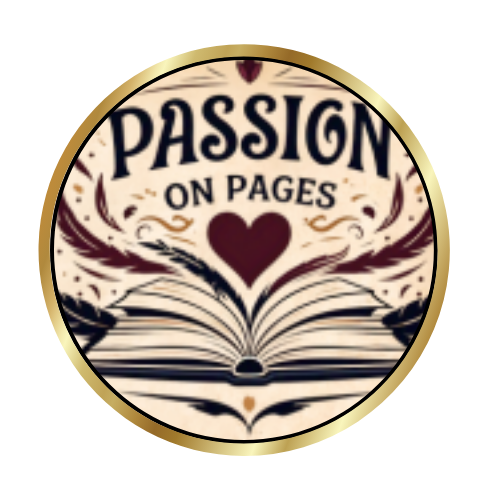Allow passiononpages to send web push notifications to your device.

The rapid evolution of artificial intelligence (AI) has significantly impacted various aspects of modern life, and writing is no exception. From generating articles to crafting personalized messages, AI-powered tools are transforming how individuals and businesses approach the creative process. These tools are not merely automating tasks but enhancing creativity, productivity, and efficiency in ways previously unimaginable. This shift raises important questions about the future of writing, creativity, and the role of human input in a world increasingly shaped by technology.
The rapid evolution of artificial intelligence (AI) has significantly impacted various aspects of modern life, and writing is no exception. From generating articles to crafting personalized messages, AI-powered tools are transforming how individuals and businesses approach the creative process. These tools are not merely automating tasks but enhancing creativity, productivity, and efficiency in ways previously unimaginable. This shift raises important questions about the future of writing, creativity, and the role of human input in a world increasingly shaped by technology. AI in writing offers unique opportunities for professionals, students, and content creators alike. Writers can now produce high-quality work more efficiently, marketers can deliver personalized messages at scale, and businesses can generate consistent content to engage their audiences. However, this transformation is not without its challenges. As we explore AIs integration into writing, its essential to understand the technology, its applications, and its implications for the future of the creative process. AI in writing leverages advanced algorithms, machine learning (ML), and natural language processing (NLP) to analyze, generate, and refine text. These technologies enable machines to understand context, grammar, tone, and style, making them capable of producing coherent and contextually relevant content. AI writing tools like ChatGPT, Jasper, and Grammarly have become indispensable for many, offering features ranging from grammar correction to fully automated content creation. Table of Contents Introduction Understanding AI in Writing The Evolution of Writing Tools The Rise of AI-Powered Writing Tools History and Development Key Features of Modern Tools Types of AI Writing Tools Grammar and Style Checkers Content Generators Language Translation Tools Creative Writing Assistants AI and the Creative Process Enhancing Creativity Overcoming Writer’s Block Balancing AI and Human Input The Role of Natural Language Processing (NLP) How NLP Powers Writing Tools Advancements in NLP for Creativity Case Studies: AI Tools in Action Success Stories from Writers and Businesses Lessons Learned from AI Adoption Benefits of AI Writing Tools Increased Productivity Improved Content Quality Accessibility for Non-Native Writers Challenges and Ethical Concerns The Risk of Plagiarism Bias in AI-Generated Content Preserving Human Creativity AI Writing Tools for Different Industries Marketing and Advertising Journalism and Media Education and Academia Publishing and Fiction Writing Future Trends in AI Writing Tools Emerging Technologies The Future of AI in Creative Collaboration Tips for Effective Use of AI Writing Tools Choosing the Right Tool for Your Needs Combining AI with Human Expertise Conclusion Redefining the Role of Writers in the AI Era Final Thoughts on AI and Creativity Appendices Recommended AI Writing Tools Glossary of Key Terms Resources for Further Reading At the core of AI writing is NLP, a branch of AI that focuses on the interaction between computers and human language. NLP enables machines to process and generate text in a way that mimics human communication. Through deep learning models, AI systems learn patterns and structures in language by analyzing massive datasets, allowing them to generate human-like text. And Much Much More...